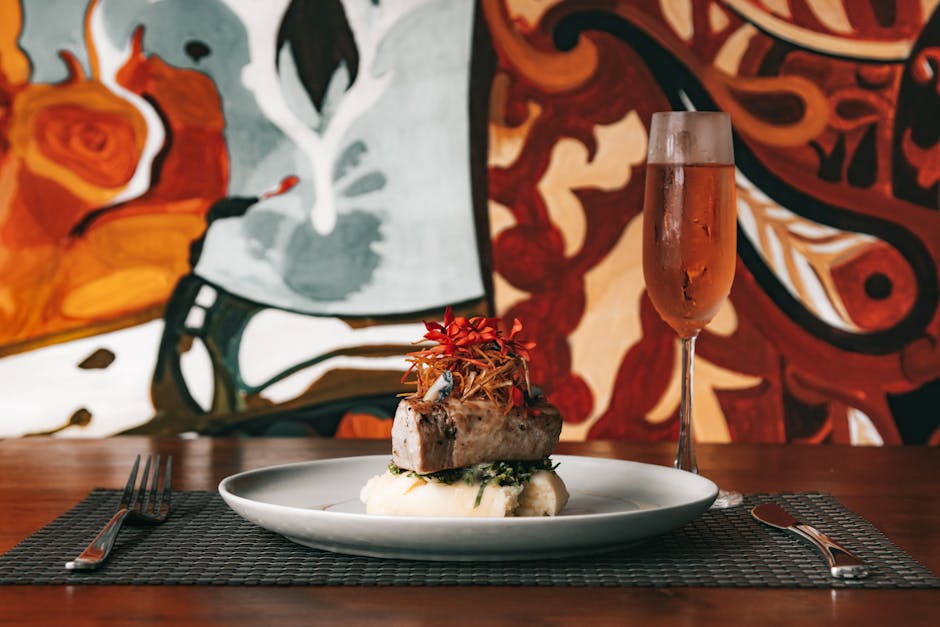Low-calorie lunch options are essential for anyone striving to eat healthy at work without sacrificing flavor or satisfaction. Whether you’re meal prepping for the week or seeking new diet lunch ideas, a well-planned lunch can keep you energized, focused, and feeling full all afternoon. At Fit Food Wisdom, we believe that smart nutrition and practical meal prep go hand-in-hand to support your health and fitness journey. In this guide, you’ll find a variety of healthy work lunch recipes and meal prep tips designed to help you enjoy satisfying light meals that fit your goals.
Why Choose Low-Calorie Lunches for Work?
Eating a low-calorie lunch at work offers multiple benefits beyond just weight management. First, it helps avoid the dreaded afternoon slump by preventing energy crashes that often follow heavy, high-calorie meals. Lighter lunches packed with lean proteins, whole grains, and plenty of vegetables provide sustained energy, keeping you productive throughout the day. Additionally, low-calorie lunches help you stay within your daily calorie goals, making it easier to manage or lose weight without feeling deprived.
Choosing healthy work lunch options can also improve digestion and reduce bloating, thanks to the inclusion of fiber-rich foods and plenty of hydration. Meal prepping these lunches in advance ensures you always have a nutritious option on hand, minimizing the temptation to reach for less healthy cafeteria or takeout meals. By focusing on portion control and nutrient density, you’ll discover that low-calorie doesn’t mean low on flavor or satisfaction.
Meal Prep Lunch Strategies for Success
Effective meal prep lunch strategies can transform your weekday routine. Start by planning a week’s worth of lunches in advance, selecting recipes that are both easy to prepare and store well in the fridge. Batch cooking staples like grilled chicken, roasted vegetables, and whole grains allows you to mix and match components for a variety of meals. Invest in quality containers to keep your lunches fresh and make portioning effortless.
When assembling your lunches, aim for a balance of macronutrients: include a source of lean protein (such as chicken breast, tofu, or beans), complex carbohydrates (like brown rice or quinoa), and plenty of colorful vegetables. Adding healthy fats from sources like avocado or nuts can boost satiety and flavor. Don’t forget to incorporate herbs, spices, and light dressings to keep your meals exciting and delicious without adding unnecessary calories.
Flavorful Low-Calorie Lunch Recipes to Try
Finding flavorful low-calorie lunch recipes is easier than ever with so many creative options available. For example, a cold peanut noodle salad made with whole wheat noodles, crisp vegetables, and a light satay-style dressing offers a refreshing, protein-packed meal at under 200 calories per serving. Naked chicken burrito bowls, which skip the tortilla in favor of a bowl format, deliver satisfying Mexican-inspired flavors with fewer carbs and calories. Easy pasta salads using lean proteins and plenty of veggies are another excellent make-ahead option that keeps well for several days.
If you prefer sandwiches, opt for whole grain bread or wraps filled with lean deli meats, low-fat cheese, and plenty of greens. Grain bowls featuring brown rice or quinoa, paired with roasted vegetables and a light vinaigrette, are both filling and nutrient-dense. For plant-based eaters, chickpea curries or tofu stir-fries offer high protein and fiber while keeping calories in check. The key is to experiment with herbs, spices, and different combinations to keep your lunches interesting and satisfying.
Tips for Creating Satisfying Light Meals
To ensure your satisfying light meals truly keep you full, focus on volume and nutrient density. Incorporate plenty of non-starchy vegetables, which add bulk and fiber without many calories. Choose lean proteins like grilled chicken, turkey, tofu, or legumes to help maintain muscle mass and control hunger. Healthy fats from avocado, nuts, or seeds can enhance satiety and make your meals more enjoyable.
Don’t overlook the importance of hydration—pair your lunch with water or herbal tea to stay refreshed and avoid mistaking thirst for hunger. Finally, listen to your body’s hunger cues and adjust portions as needed. With a little planning and creativity, you can craft light yet satisfying lunches that support your health and fitness goals all week long.

